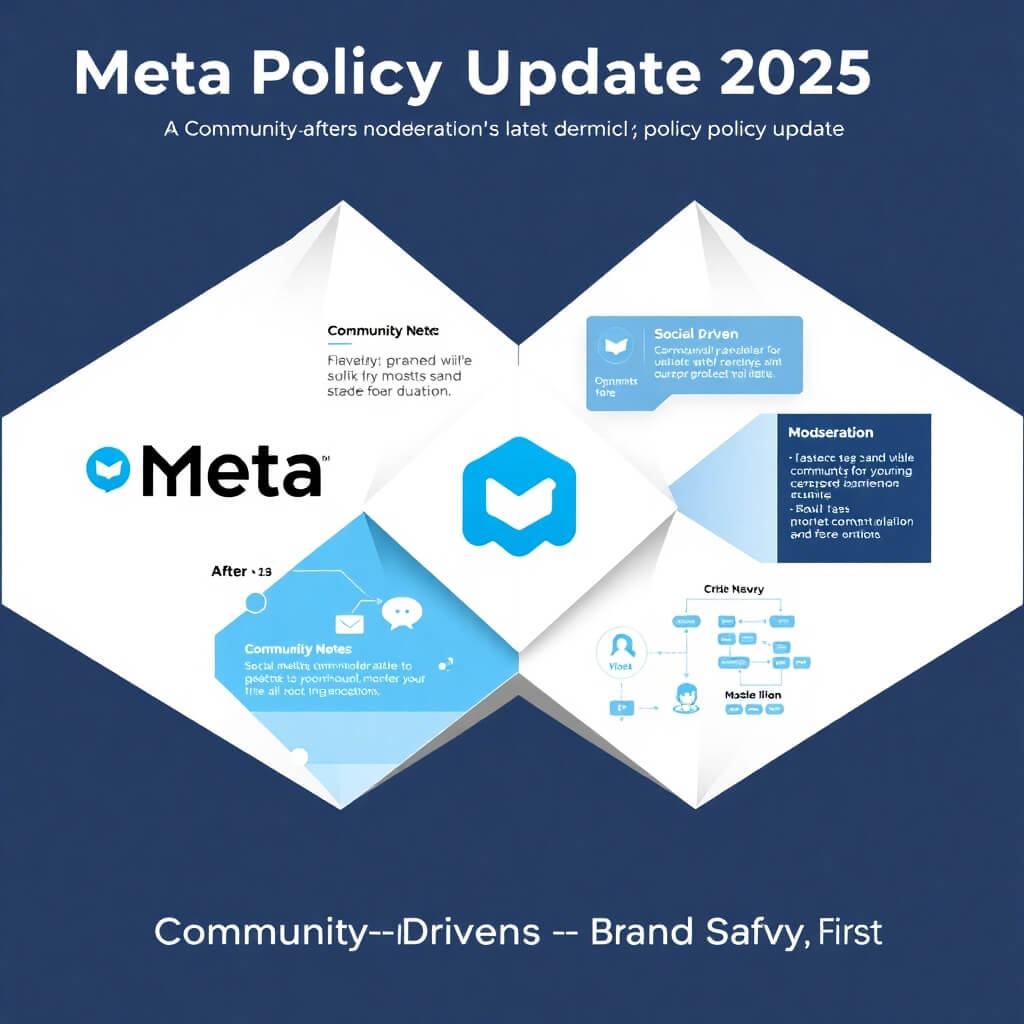In the September 8th edition of AdAge, Emily Bryson York quotes Kellogg’s CMO Mark Baynes as saying that the company’s online ROI for the Special K brand has surpassed that of broadcast TV in the past 18 months “by a factor of well over two.”
Wow! Documented evidence of the online world beating out the broadcast behemoth by a factor of two? The article went on to quote Mr. Baynes as saying that the “biggest opportunity over time is driven by what the digital environments afford, and we are working to embrace this aggressively.”
And Kellogg, a company who spends about $300 million per year on promotional marketing, is serious about cutting costs to make their marketing more efficient. Some of their strategies are very clear-cut – they plan to shoot fewer commericals because they are able to save about $1 million for every three TV spots that they don’t shoot. Others are less black and white, but no less important.
Particularly interesting was their goal of “reassessing how customers look for added value at point of purchase.” They’ve taken some interesting steps toward this goal when you look at their integration of a number of online elements for the “Special K Challenge”.
Central to the online campaign is the Special K Challenge website (http://www.specialk.com). This is the hub of the online presence for the brand where you can create a customized plan for your diet goals or get tips from online trainers. The full Special K product line also is well-represented here: cereals, protein meal bars, snack bars, even waffles and protein water mixes.
But the site doesn’t stop there – through links on the site Kellogg makes it easy to buy their products directly from an Amazon store. Another link takes you to the Special K group on Yahoo that Kellogg began in 2006. After joining the group you can read or contribute to a discussion thread, get diet recipes, or invite a friend to join the group.
So, instead of a 30 second TV spot that tries to cut through the clutter and get the consumer to at least remember the name of the product the next time they visit the grocery store, Kellogg has created an interlinked online brand presence that offers full product line information, individualized support, and instant purchase options to a consumer who now spends more time in front of their computer screen than they do in front of their TV set.
Which approach do you think is going to prevail?





